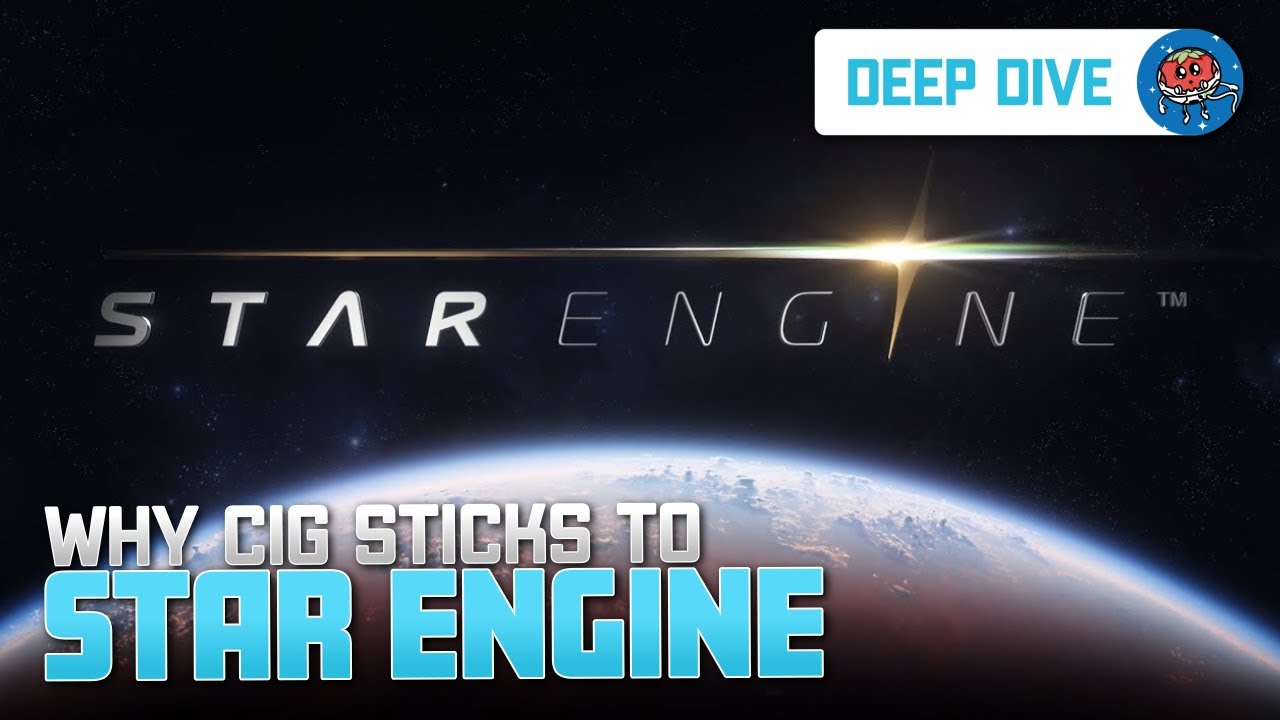The video explores the trend of game studios, like Halo Studios, transitioning to established engines like Unreal Engine to streamline development and focus on game creation, in contrast to the challenges faced by Star Citizen with its proprietary engine. It emphasizes the complexities and inefficiencies of maintaining custom engines, highlighting how this can hinder game development compared to using well-supported, industry-standard engines.
The video discusses the challenges and transitions that various game studios face regarding their game engines, particularly focusing on Halo Studios’ switch to Unreal Engine and the ongoing struggles of Star Citizen with its proprietary engine. Historically, Halo has utilized the Blam engine since its inception, evolving through various iterations. The video highlights the difficulties that 343 Industries (now Halo Studios) encountered with the Slipstream engine during the development of Halo Infinite, which contributed to delays and mixed reception upon release. The shift to Unreal Engine is seen as a strategic move to alleviate the burden of engine development, allowing the studio to concentrate more on game creation.
The discussion also touches on the broader trend in the gaming industry where many developers are opting to use established engines like Unreal and Unity instead of creating their own. The video cites examples of notable game studios, including CD Projekt Red and Bandai Namco, which have recently decided to transition to Unreal Engine for their upcoming titles. This shift reflects the growing realization among developers that maintaining a custom engine can be prohibitively complex and resource-intensive, particularly as games become more sophisticated and require extensive support and updates.
Star Citizen’s situation is presented as a contrasting case, where the development team chose to build their own engine, known as Star Engine, based on CryEngine. The video explains that this decision has led to significant challenges, as the team has had to continually adapt and modify the engine to meet the unique requirements of their ambitious game. The video emphasizes that developing a game alongside a proprietary engine can lead to inefficiencies and delays, as developers often find themselves spending more time on engine maintenance than on actual game development.
The video also features insights from industry professionals, including discussions about the technical aspects of engine development, such as the importance of 64-bit precision for expansive game worlds and the complexities of integrating new features into a heavily modified engine. The challenges of maintaining a custom engine are underscored by the experiences shared by former CryEngine developers who transitioned to work on Star Citizen, illustrating how the need for constant updates and modifications can detract from the overall development process.
In conclusion, the video highlights the ongoing evolution in the gaming industry regarding engine development, with many studios recognizing the benefits of utilizing established engines like Unreal Engine. The contrasting experiences of Halo Studios and Star Citizen serve as a case study in the complexities and challenges of game engine maintenance and development. The discussion ultimately underscores the importance of selecting the right engine for a studio’s needs, as the choice can significantly impact the efficiency and success of game development projects.
